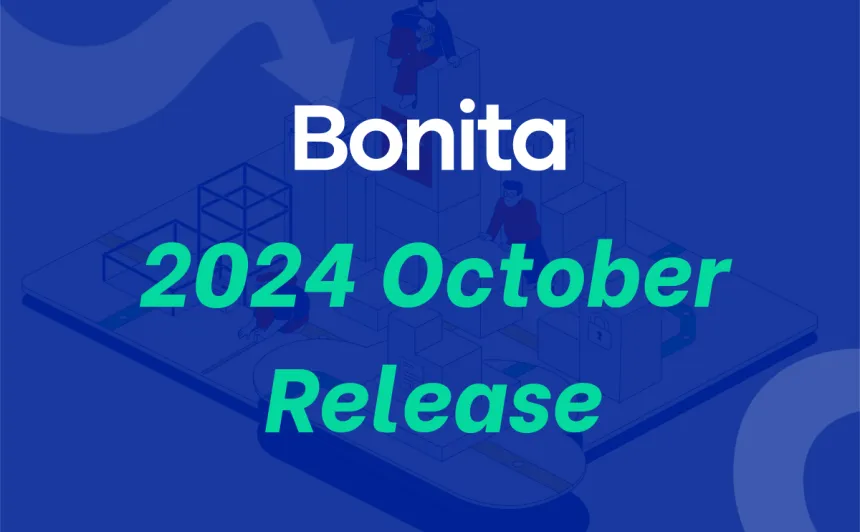27 Vendors Evaluated in the Aragon Research Globe for Digital Business Platforms 2018 Report


The Aragon Research Globe for Digital Business Platforms, 2018 will help clients differentiate the many vendors that offer enterprises the tools for pursuing business outcomes while dynamically adjusting goals as work is completed.
This article by Liz Quirk at BPM Solutions Review offers a look at Aragon Research's 2018 globe report titled, “Aragon Research Globe™ for Digital Business Platforms,” which describes how Digital Business Platforms (DBPs) intelligently coordinate goal-directed work by supporting interactions between people, software and machines.
“When choosing a Digital Business Platform, organizations should first examine which customer experiences, processes, decisions and associated resources should be fully digital,” says Jim Sinur, VP Research and Fellow at Aragon Research.
Sinur, author of the report, defines DBPs as platforms that manage digital processes, applications, and transactions in a predominantly electronic manner, and offer a pleasing customer experience. This is accomplished by leveraging the latest or emerging digital technologies for intelligent automation.
In a recent article, the topic of whether or not Business Process Management (BPM) was still largely in effect within the enterprise environment sparked a lot of debate, and some still argue that BPM is not dead, rather it has been changed to a different name. As such, traditional BPM software vendors have started rebranding their BPM offerings to Digital Business Platforms or Digital Transformation Platforms (instead of BPM platforms).
According to Sinur, while Digital Business Platforms are all about accomplishing work digitally, they are, more importantly, about dynamic, goal-driven processes. These processes pursue business outcomes and application components that leverage emerging patterns of business while dynamically adjusting the goals as work is completed. More importantly, these platforms adapt to changing customer needs through the resources that service customers, processes, and applications that dynamically adapt and optimize in a predictive manner.
The Aragon globe report evaluates 27 key providers who are leading the charge in the DBP market including: Adobe, Appian, AuraPortal, Bizagi, Bonitasoft, Bosch, Cisco, GE, Genpact, Google, IBM, Intel, ITESOFT/W4, iVEDiX, K2, Kofax, Microsoft, Nintex, Nvidia, Oracle, Pegasystems, Red Hat, SAG, Salesforce, SAP, TIBCO and XMPro.
The Aragon Research Globe report looks beyond size and market share, which often dominae this type of analysis and instead uses those as comparative factors in evaluating providers product-oriented capabilities. Positioning in the Globe will reflect how complete a provider’s future strategy is relative to their performance in fulfilling that strategy in the market. A further differentiating factor is the global market reach of each vendor. This allows all vendors with similar strategy and performance to be compared, regardless of their size and market share.
The Globe report is segmented into four sectors, representing high and low in both the strategy and performance dimensions. When the analysis is complete, each vendor will be in one of four groups: leaders, contenders, innovators, or specialists.
- Leaders have comprehensive strategies that align with industry direction and market demand and effectively perform against those strategies.
- Contenders have strong performance, but more limited or less complete strategies. Their performance positions them well to challenge for leadership by expanding their strategic focus.
- Innovators have strong strategic understanding and objectives but have yet to perform effectively across all elements of that strategy.
- Specialists fulfill their strategy well but have a narrower or more targeted emphasis with regard to overall industry and user expectations. Specialists may excel in a certain market or vertical application.
Author predictions
Enterprises increasingly understand that leveraging a DBP quickly speeds up processes while enhancing the customer experience. This signifies that the shift to going fully digital is already starting to occur. Sinur predicts that by year 2020, 65% of enterprises will augment or retire 40% of legacy processes in favor of those processes or applications based on one or more DBPs.
Processes and rigid applications remain one of the largest cost centers in the enterprise. The total cost to create, maintain, and run processes falls in the range of three to five percent of enterprise revenues. The need for differentiating and self-adapting work and process management is high, so DBPs are poised for growth. Aragon expects that the DBP market will grow into a U.S. $50 billion market by 2022.
Ready to simplify your processes with Bonita?
Every business deserves a solution that accelerates its success. With Bonitasoft, simplify, automate and transform your business processes. Take the first step towards optimal performance today. Let's talk about it?





